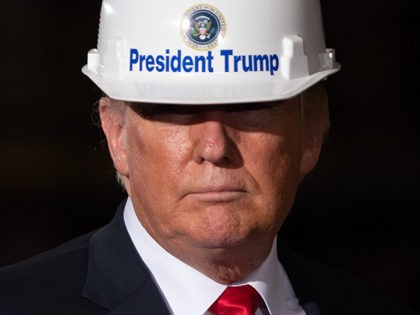ISM Manufacturing Index Unexpectedly Jumps Into Expansion Territory
After 16 months in contraction, the ISM manufacturing survey unexpectedly popped into positive territory.

After 16 months in contraction, the ISM manufacturing survey unexpectedly popped into positive territory.

The manufacturing sector continued to contract in December, a closely watched economic barometer from the Institute for Supply Management indicated on Wednesday.
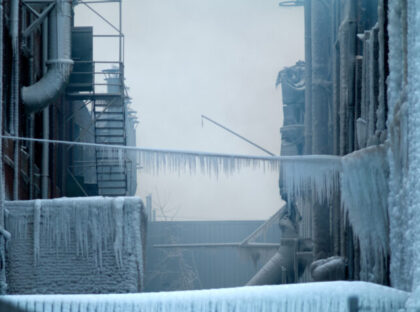
Manufacturing output in the U.S. continued to contract in March, according to a pair of industry surveys released this week.

Manufacturing is rolling over but this probably will not help much on the inflation front.

“Weak economic outlooks are dragging on demand. The indicator last fell below 40 in the initial pandemic shock of 2020,” the Chicago ISM said.

Dueling surveys paint different pictures of demand and production.
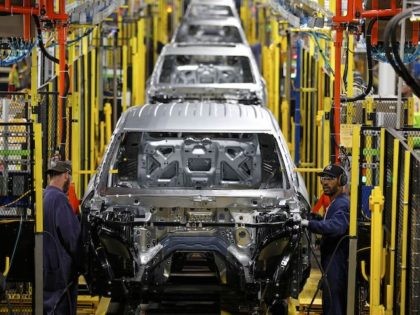
New orders and employment measures fell into contraction in June.

Inflation, omicron-linked absenteeism, and weaker demand all hurt growth in the first month of 2022.

Supply chain problems are worsening and inflationary pressures are strengthening, according to the latest ISM manufacturing purchasing manager survey.

Manufacturing activity exploded higher in March, fueled by strong growth in new orders, the clearest sign that the economy was ready to boom prior to the stimulus package passed last month and may now be at risk of overheating.

The ISM Manufacturing Report on Business PMI stood at 60.8 in February, up from 58.7 in January. That’s the highest level since August 2018 and indicates a powerful expansion for the manufacturing sector.

U.S. factories continued to expand production for the eighth month straight in January.
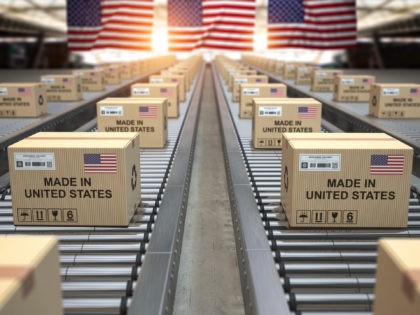
The best reading in nearly two-and-a-half years.

The monthly manufacturing survey’s results show a bigger than expected rebound, pushing the purchasing manager index up at a pace not seen since 1980.

More evidence that the worst of the shutdown’s economic impact is behind us.
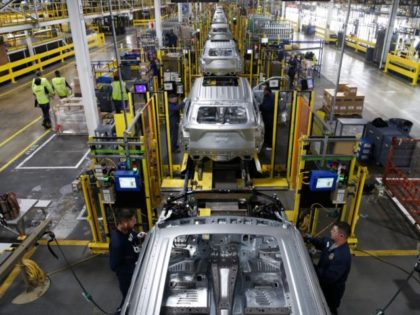
Factories closed, orders plunged, supply chains were disrupted, and workers lost their jobs.

Factory production and employment fell in March as the coronavirus shutdown major parts of the economy.

The ISM manufacturing index came in below expectations for the sixth month in a row and continues to indicate contraction.

The manufacturing sector is no longer hurtling toward a deep contraction but conflicting reports on Monday leave question of growth open.

A sign that the mini-recession in manufacturing may already be coming to an end.

Manufacturing continued to slow in June but still outpaced expectations. Lots of gripes about tariffs but prices are falling.

Factory activity increased and, despite all the worries about tariffs, prices of raw materials used by manufacturers fell.
